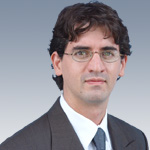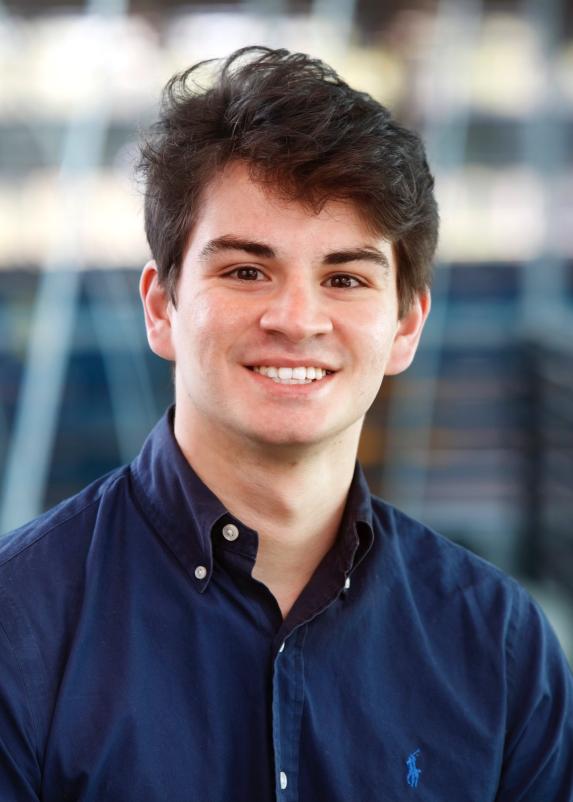The Air Quality Control project sponsored by Trane focuses on reducing the spread of COVID-19 with HVAC (heating, ventilation, and air-conditioning) technology. From a wide range of possibilities, bipolar ionization was the selected solution.
An ionizer creates charged particles in the air called ions. These ions gather particles in the air like a snowball rolling down a hill. The bigger size allows a filter to easily catch those particles. The ions also work by directly deactivating living particles in the air. These two functions work together to lessen the amount of contaminate in the air. This happens with very little energy use and very little change to the existing setup. We will design and run tests to determine the usefulness of the ionizer.
The effectiveness of the ionizer will be tested in a mock air conditioner. Testing will be done with small and harmless particles to predict the behavior of airborne viruses. The test will be run with and without the ionizer. The information from the two tests will be compared to see if the ionizer cleans the air. The results will either support or not support the ionizer’s usefulness.
As it stands, the capability of the ionizer is supported mainly by the claims of the manufacturers. Some schools are already using ionizers to reduce the spread of COVID-19. Based on the results of our tests, we can recommend for or against the implementation of these ionizers.
Whether or not the ionizers show promise, the results of this project will have big implications. If the technology does not work, there are serious health and safety concerns to address. If this technology does work, it offers benefits in a simple, easy-to-install solution that will work in most buildings.
Needlepoint bipolar ionization (NPBI) is an air purification technology is an iteration of the traditional bipolar ionization technology. It works by charging the air using electricity and needlepoint clusters, effectively generating an ion concentration in the air. These ions are carried through the ventilation and the treated space where they charge particles and pollutants in the air to ultimately agglomerate and be filtered out of the air.
The manufacturers of these ionizers claim that they are effective on pollutants such particulate matter, bacteria, viruses, mold spores, odors, and VOCs. While the effectiveness against particulate matter has been proven in previous studys, our study will focus on the effectiveness of VOCs and biological pollutants.
Two tests were designed and performed to quantify the effect of these ionizers in a real world application. The first test was conducted in classroom B136 on campus where the Plasma Air 7102 ionizer was installed into the HVAC system and both VOC concentration and ventilation rate were recorded both before and after treatment. The second test was conducted similarly to the first, however, samples of surface mold were exposed to treatment and colony counts were performed to access any reduction.

Solutions Advisor, LEED AP, CEM, CDSM

Professor of Thermodynamic Optimization or Advanced Energy Systems

Responsible for most mechanical design aspects as well as design review. Responsibilities include creating design drafts, performing design calculations, and overseeing the design process.

Responsible for ensuring design and implementation meets environmental standards. Tasked with researching best practices and guidelines relating to health and safety of HVAC design.

Responsible for testing, managing materials and ensuring smooth operation. Responsibilities include running tests using a select group of programs, as well as analyzing all materials used throughout the project.

Responsibile for managing communication between group members and project stakeholders, keep track of project budget and timelines, and finalize and submit all assignments.
Responsible for most thermal fluids calculations relating to heat transfer, fluid mechanics, and thermodynamics of the system. Also responsible for the design of thermal fluid components within the system.